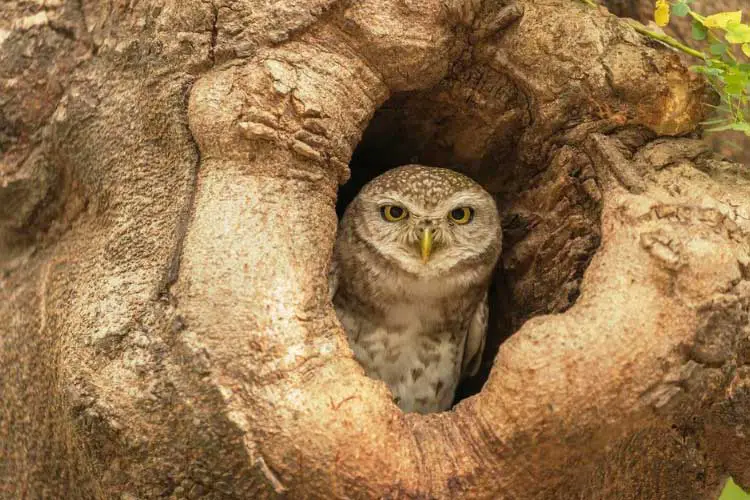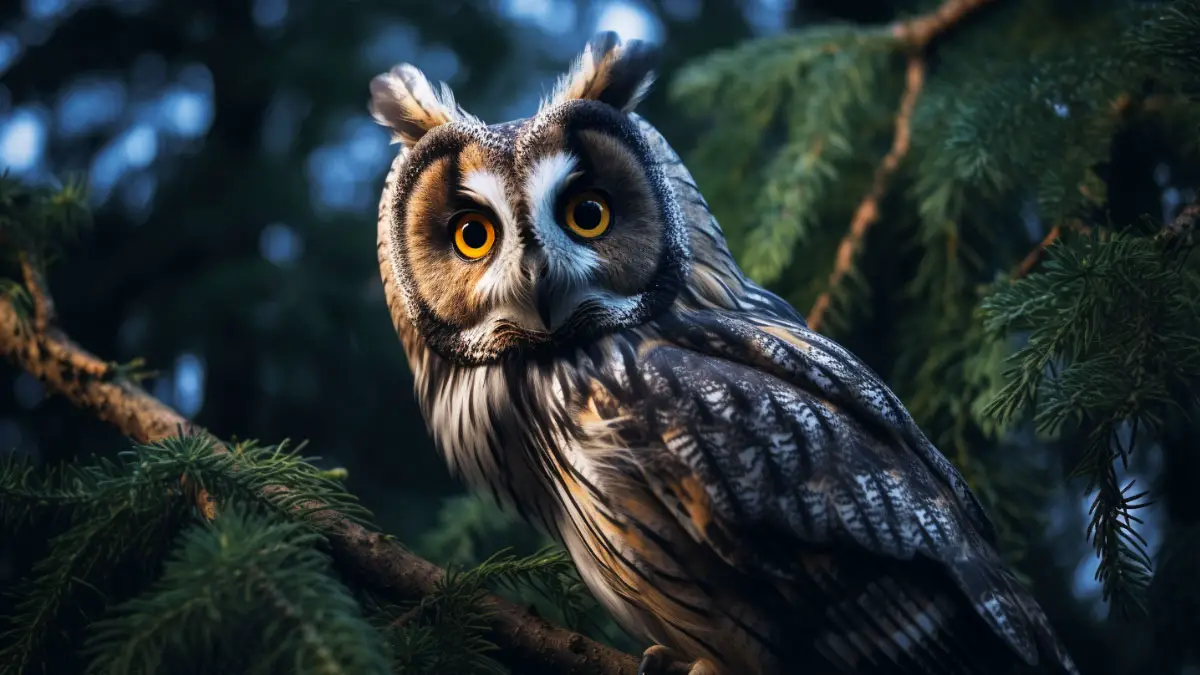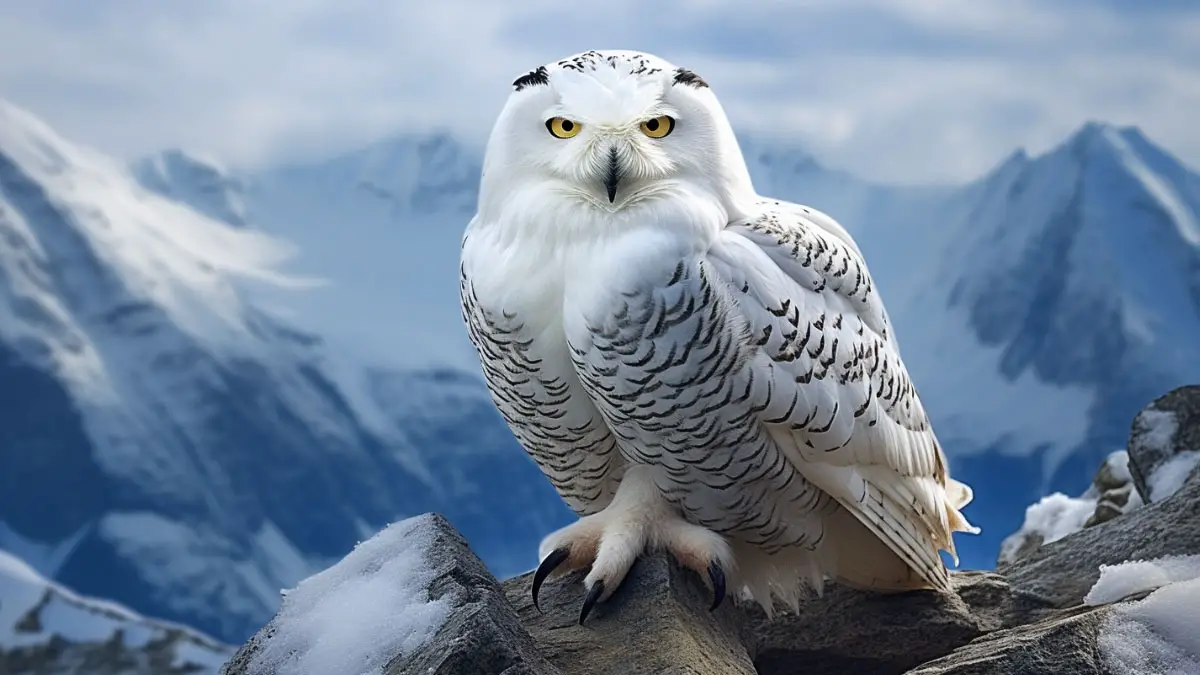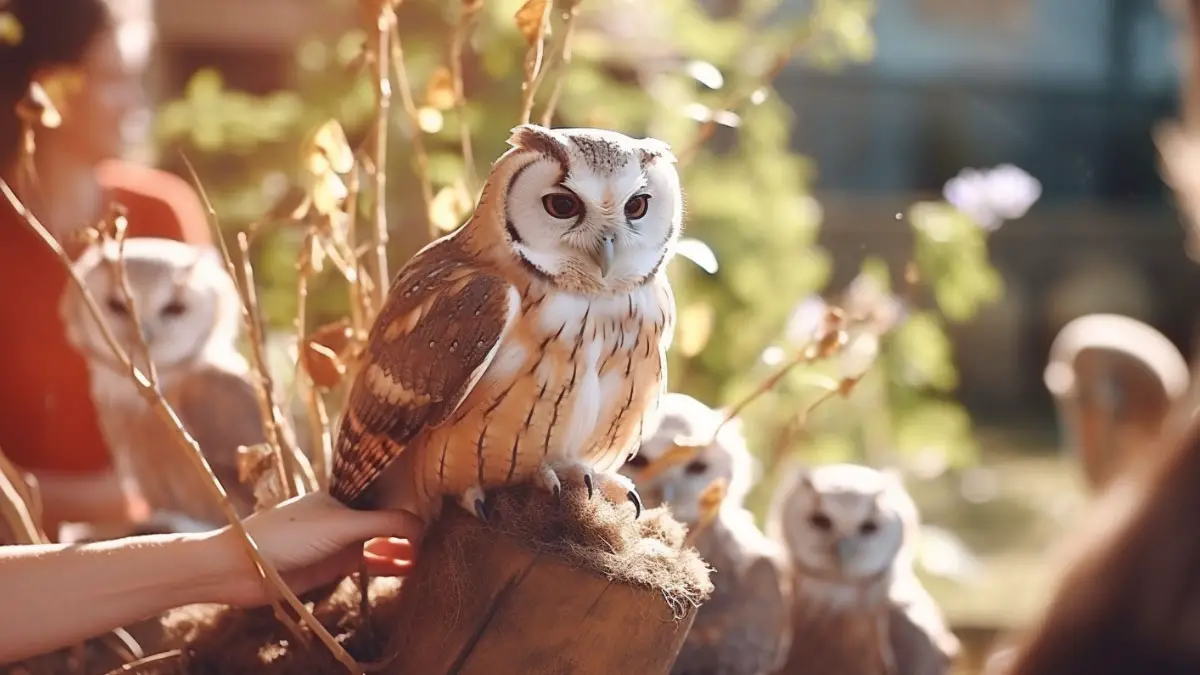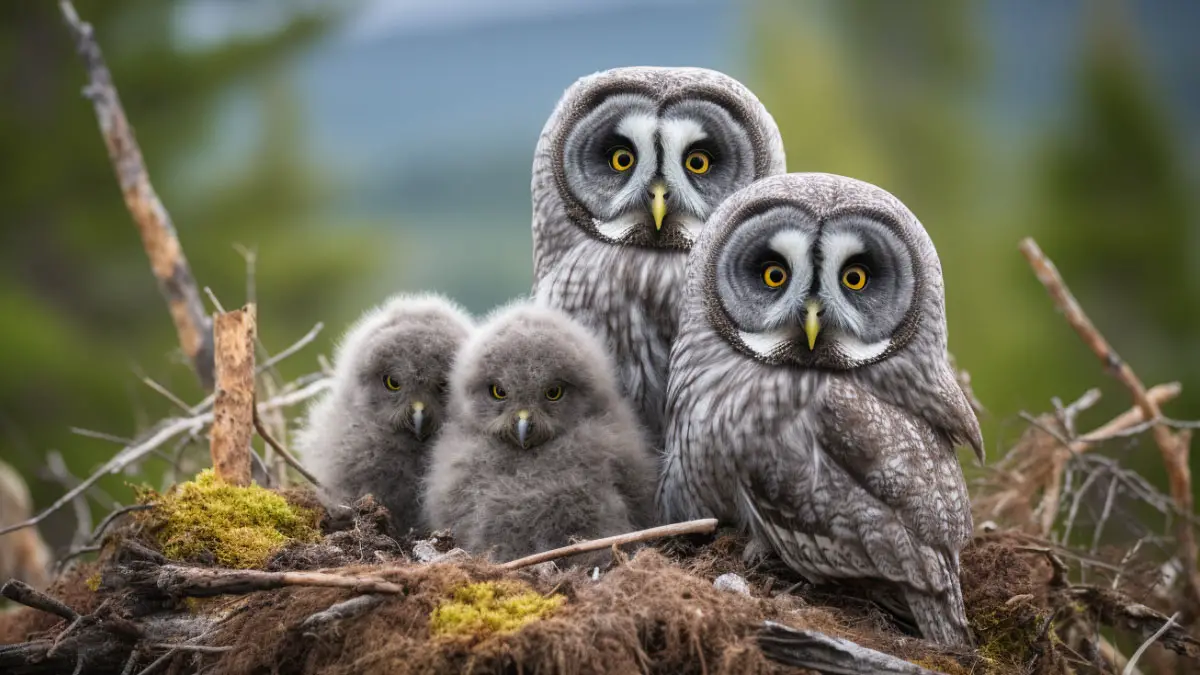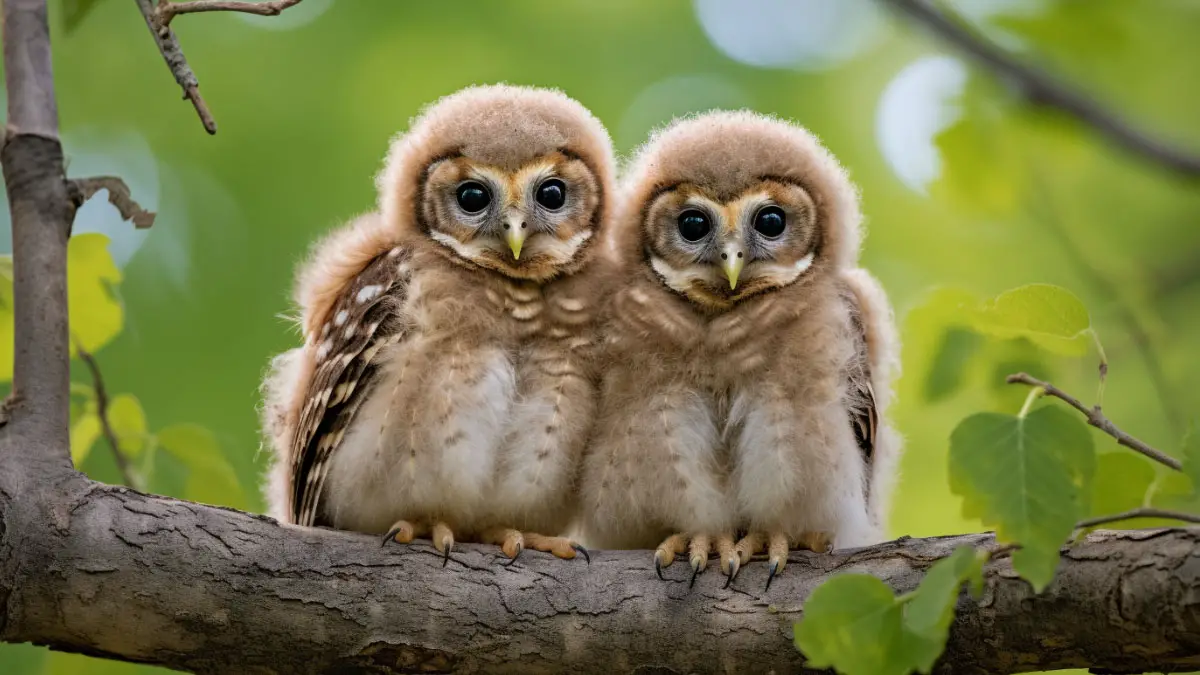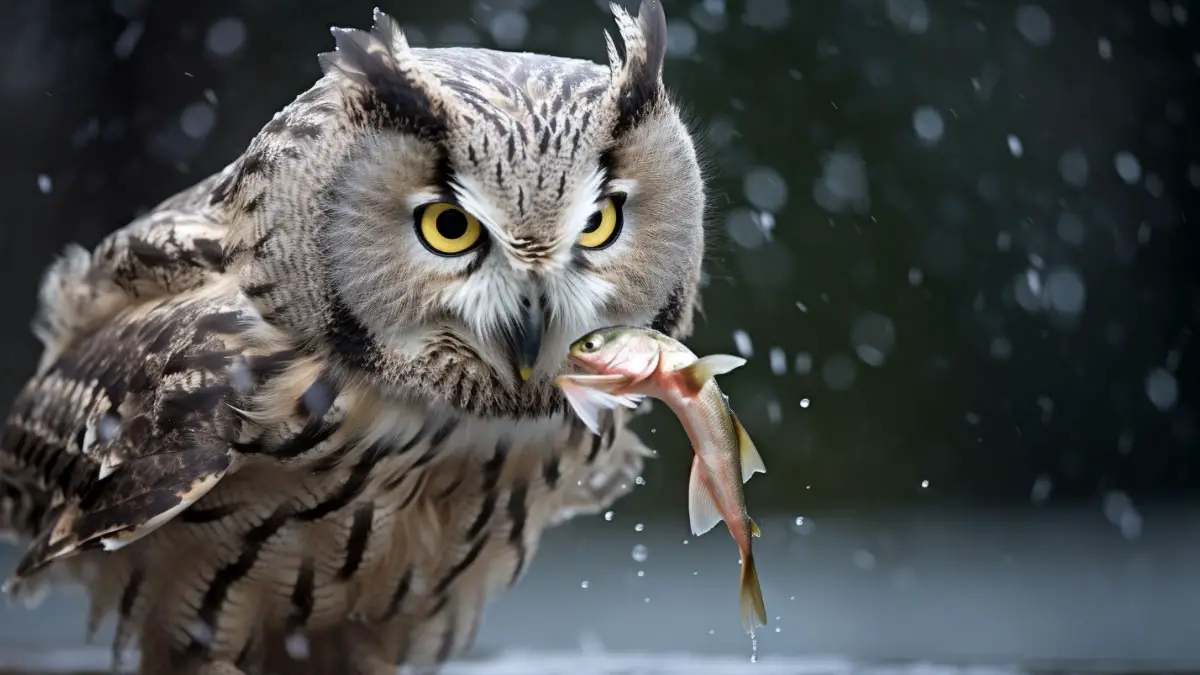Owls are fascinating creatures that have long captured the imagination of humans. These nocturnal birds of prey are known for their unique appearance and mysterious habits. One aspect of owl biology that is often overlooked is their nesting habits.
So, where do owls nest? What does it look like? Owls build their nests in various locations, including trees, cavities, cliffs, and even in abandoned buildings. Although the nests of most owl species are relatively simple, the type of their nest depends on the species.
This article will explore the different types of owl nests and the various factors that influence their location and construction. Keep reading to learn more about the fascinating world of owl nests.
Do Owls Build Nests?
No. Owls use abandoned nests built by other birds, such as hawks or magpies, as their homes. These nests may be located in trees, cliffs, or other natural cavities. Some owls may also use abandoned buildings and other natural or man-made structures as nesting sites.
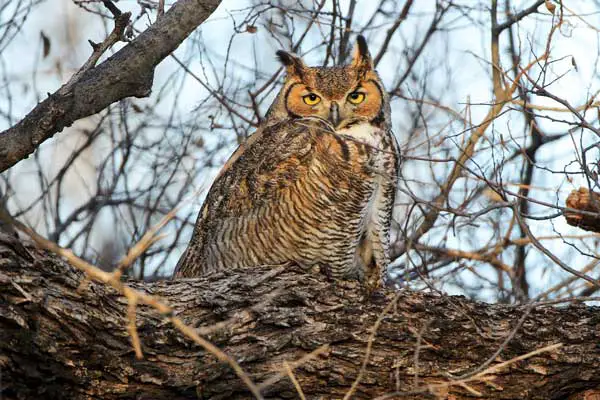
So, none of the species of owls in the world build their own nests in the traditional sense of the word. While some birds, such as songbirds and woodpeckers, construct elaborate structures out of sticks or grasses, owls do not exhibit this behavior.
What Does an Owl Nest Look Like?
The appearance of an owl’s nest will depend on the species of owl and the location of the nest. Some owls, such as barn owls, may use abandoned nests built by other birds as their homes. These nests may be located in trees, cliffs, or other natural cavities.
Thus, their appearance will depend on the species that originally built the nest. For example, barred owls may use an abandoned hawk’s nest located in a tree cavity. This would have a different appearance to snowy owls, who may decide to shelter in a nest built by a woodpecker.
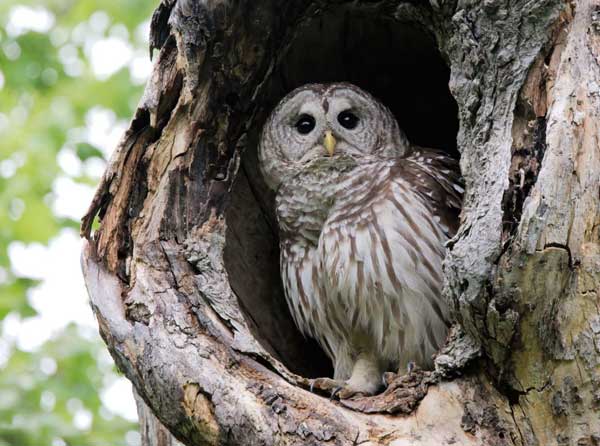
Other owls may use abandoned buildings or other man-made structures as their nests. This habit of using pre-existing nests is an efficient way for owls to save energy, time, and resources. Accordingly, these can be allocated to other important activities, such as hunting and mating.
Where do Owls Make their Nests?
As mentioned, owls do not make their nests. They use pre-made nests. Their locations and type vary depending on the species. There are 254 species of owls; however, here is a breakdown of the major ones and where their nests are located:
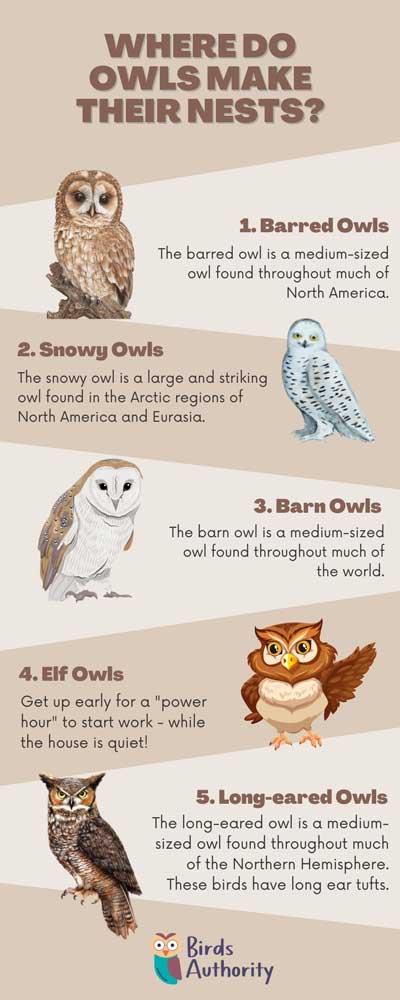
1. Barred Owls
The barred owl is a medium-sized owl found throughout much of North America. They are known for their distinctive barred feather patterns and their hooting calls.
Barred Owls may start searching for a suitable nesting location up to a year before settling in. They will typically seek out a natural hole in trees. Their preferred nesting hole is located between 20 and 40 feet off the ground.
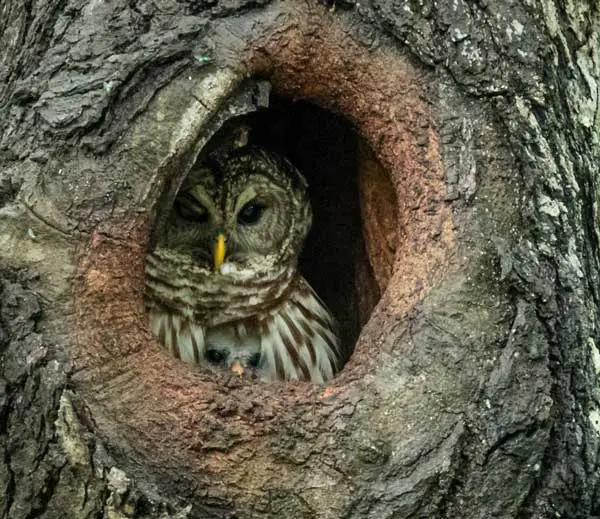
These birds also utilize nests that other creatures, such as squirrels, hawks, crows, and ravens, have constructed. They can also habituate a man-made nest box.
2. Snowy Owls
The snowy owl is a large and striking owl found in the Arctic regions of North America and Eurasia. These birds are known for their bright white plumage.
Snowy Owls are known for their preference for ground nesting, which is an important aspect of their reproduction. The females will create shallow scrapes on the ground, using their talons to dig a small depression in the earth.
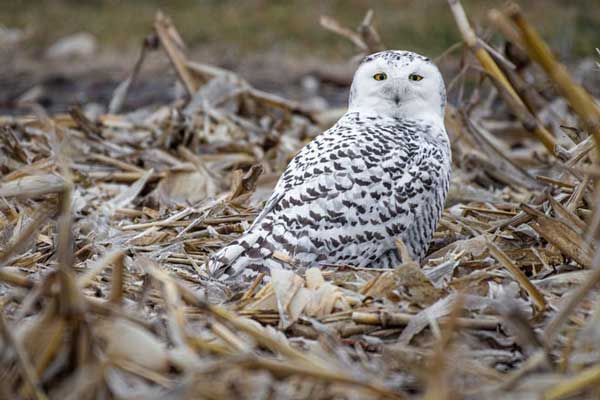
This depression is often situated on an elevated surface, such as a small hill, pile, or boulder. The nests may also be lined with scraps of vegetation and feathers from the snowy owl. This helps to camouflage the nest and keep the eggs and chicks warm.
Snowy Owls may also use an abandoned eagle nest or gravel bars as nesting sites.
3. Barn Owls
The barn owl is a medium-sized owl found throughout much of the world. These birds are known for their distinctive heart-shaped facial discs.
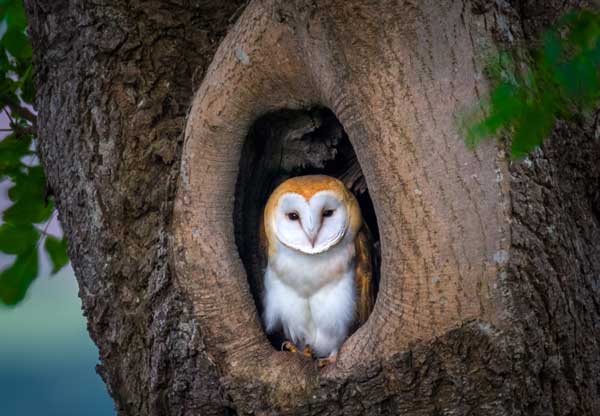
Barn Owls are versatile when it comes to nesting. They can use a natural hole in trees, caves, cliffs, and burrows. This bird can also find habitats in human-made structures such as abandoned buildings, a nest box, and anywhere else habitable.
Their adaptability allows them to thrive in various habitats, from rural to urban areas, on almost every continent.
4. Elf Owls
The elf owl is a small owl found in the southwestern United States. This bird usually nests in natural tree cavities or abandoned woodpecker holes. And these cavities are typically located between 15 and 35 feet above the ground, providing protection from ground predators.
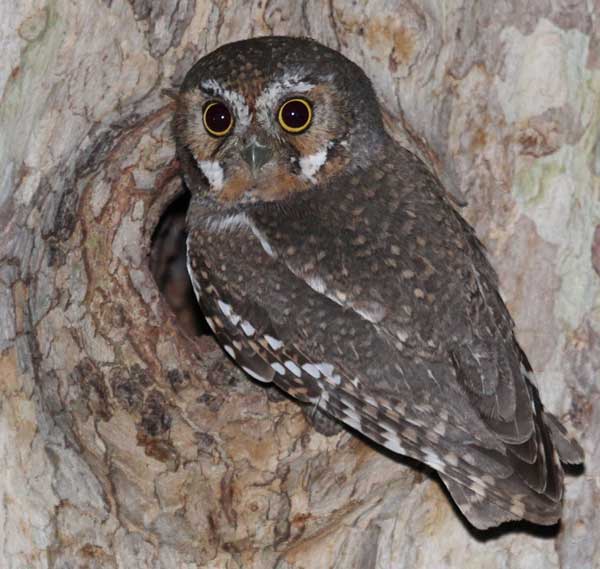
Likewise, these species are known for their small size, which allows them to fit into small cavities that other larger owls cannot. This is one of the reasons for their preference for woodpecker holes.
5. Long-eared Owls
The long-eared owl is a medium-sized owl found throughout much of the Northern Hemisphere. These birds have long ear tufts.
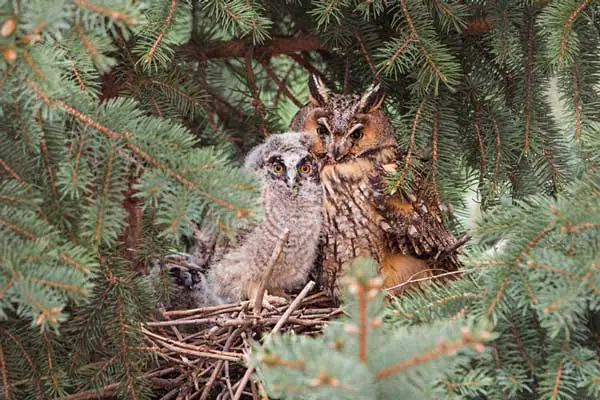
Long-eared Owls typically adopt previously built stick nests of other bird species. They may use habitats built by and American Crows, Black-billed Magpies, Hawks. These nests are 2 and a half inches deep and about 8 inches in diameter.
What Trees do Owls Like to Nest In?
Remember that owls do not build nests. So if they nest in trees, the type would be highly influenced by the previous nest owner. Species like the Elf Owl will nest in natural tree cavities and abandoned woodpecker holes. And woodpeckers like to build their nests on giant cacti, oak trees, and sycamores.
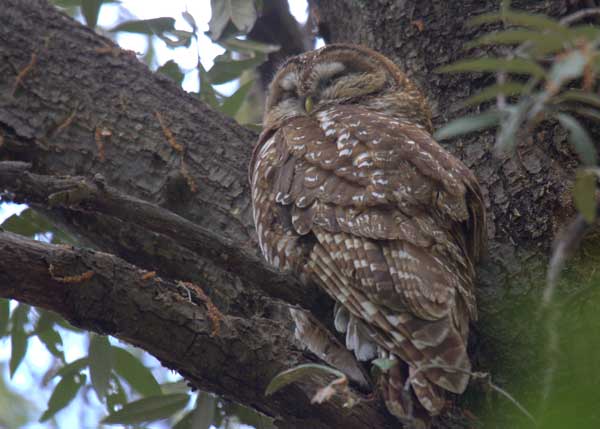
Also, some owl species will nest on the ground, rocks, caves, abandoned buildings, a nest box, and so forth. They won’t use trees.
Where do Owls Nest During the Day?
During the day, owls retreat to their nests to sleep and rest. These nests are found in the places discussed above. Owls do not have a separate nest for the day and another for the night as they are territorial. Likewise, owls are nocturnal animals, which means they are active at night and sleep during the day.
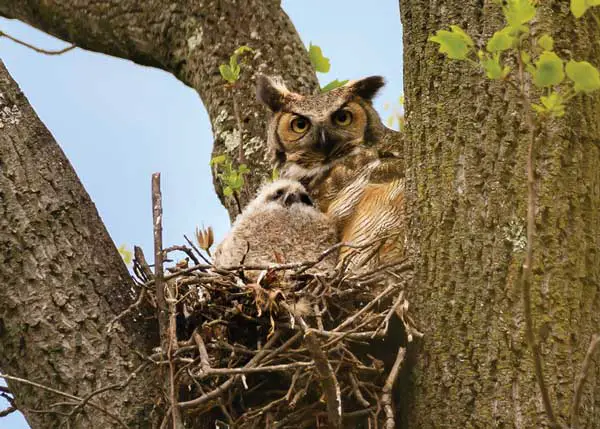
Some owls are also active during the day, such as the diurnal owls. They still have a tendency to rest in a nest during the day, especially when the weather is too hot or too cold. However, most owl species are strictly nocturnal, and their activity during the day is limited to sleeping or resting in their nest.
FAQs
Here are some common questions that might come up when researching owl nests:
Yes, it is possible to encourage owls to nest in a particular location. You can provide suitable nesting sites such as nest boxes or artificial cavities in trees. Nest boxes should be placed at the appropriate height and orientation and be designed to mimic natural cavities.
However, it’s important to note that owls are wild animals without guarantees that they will nest in a particular location. They make their own decisions based on factors such as food availability, safety, etc.
Finding natural owl nests is possible but challenging. A few methods can be used to locate them. One way to find natural owl nests is by observing their behavior and listening for vocalizations. Owls are most active at night, so it may be easier to spot them at dusk or dawn.
Another way to find natural owl nests is by looking for physical signs of their presence. Owls often leave behind droppings and feathers near their nests. Additionally, look for large scratches or marks on trees or cliffs, which may indicate the presence of a nest.
Conclusion
Owls are fascinating birds that have unique nesting habits. Unlike many birds, they do not build their own nests. Instead, they use pre-existing ones. Thus, different species of owls have different nesting preferences. So, understanding these preferences can aid conservation efforts.
Likewise, owls play a vital role in the ecosystem as they help to control rodent and insect populations. Do not chase them away once you use the information above to find their habitat. They are harmless to human beings, provided you do not enter their territory and make them feel threatened.
